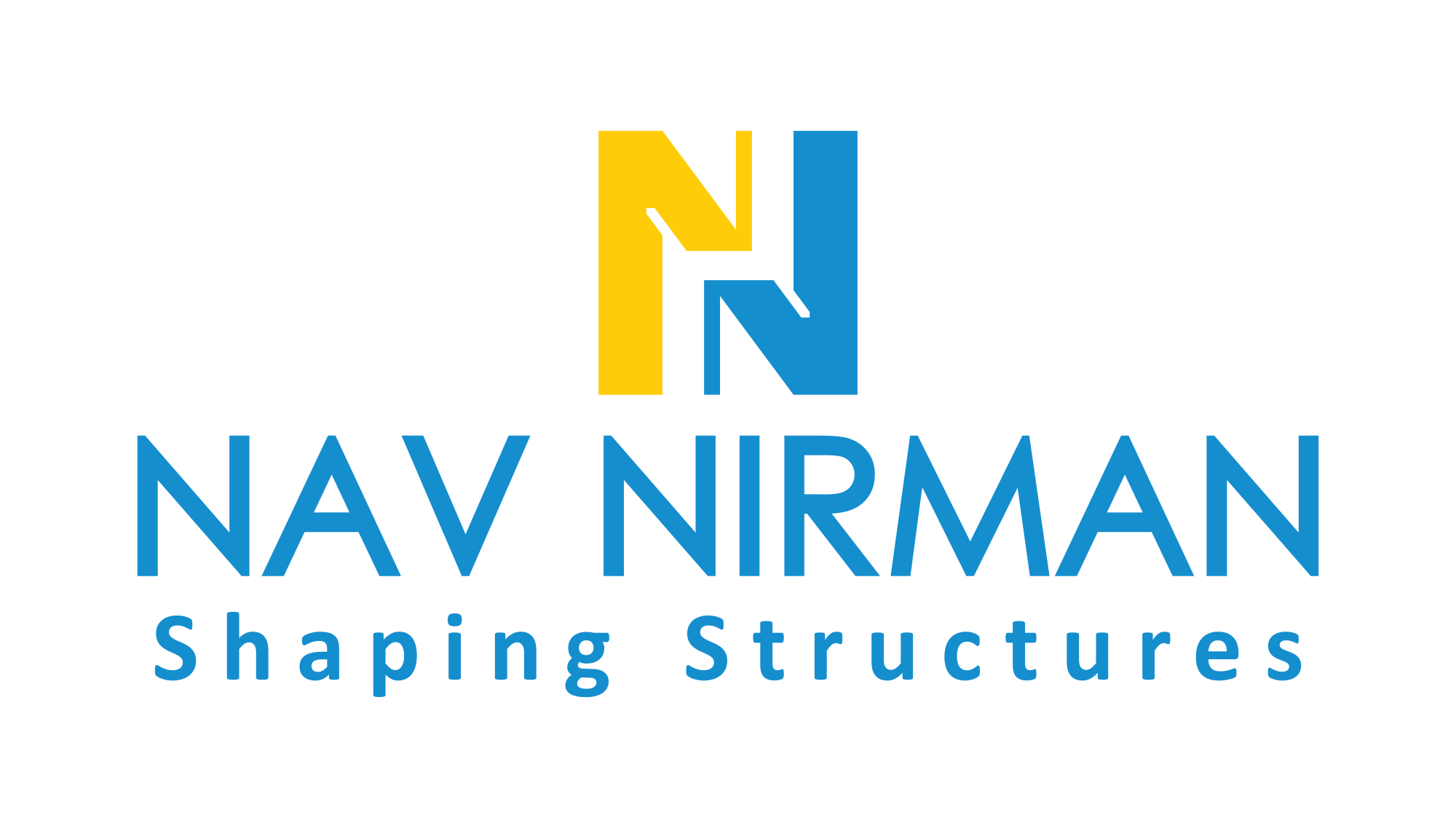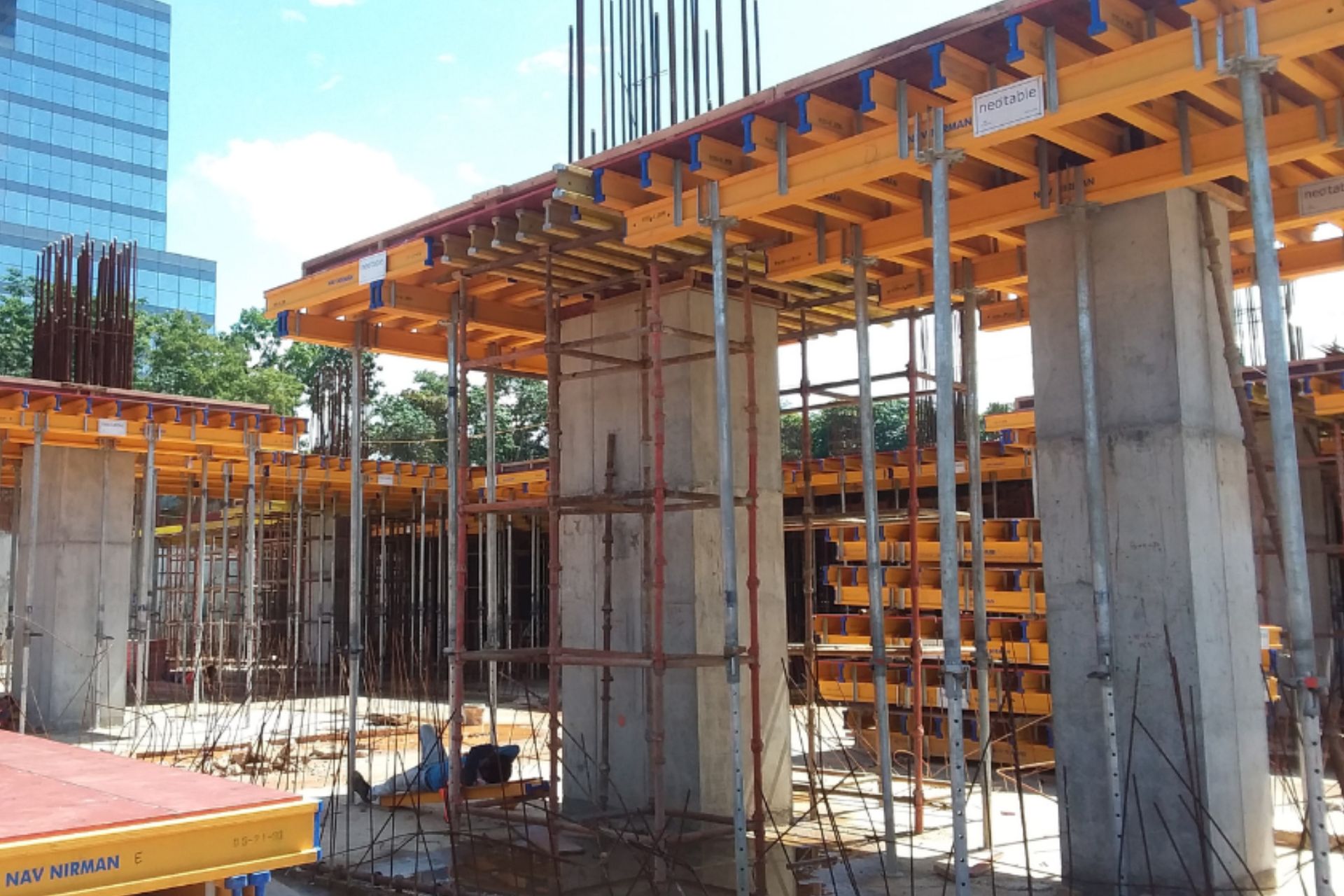In the realm of construction, the proper use of formwork stands as a cornerstone for success. Formwork systems serve as the temporary mold that shapes concrete structures, underpinning the foundation, walls, and other components of a building. Implementing strategic approaches to formwork becomes essential to achieve successful construction outcomes that meet deadlines, stay within budget, and adhere to quality standards. This blog post delves into various strategies that construction professionals can leverage to maximize the effectiveness of formwork systems and propel their projects toward success.
1. Choosing the Right Formwork System
Selecting the appropriate formwork system sets the stage for a successful construction journey. From traditional timber formwork to modern modular and engineered solutions like aluminum formwork, the decision rests on understanding project requirements. Factors such as structural complexity, project timeline, budget constraints, and site conditions should guide the selection process. Each formwork system brings unique benefits and challenges, and aligning the system with the project’s needs is vital to ensuring efficiency and accuracy in construction.
2. Proper Planning and Design
Effective construction planning and design form the bedrock of a successful project execution. Detailed formwork drawings and meticulous construction sequences streamline the installation and removal of formwork, minimizing errors and delays. Collaborative efforts between designers, engineers, and construction teams ensure that formwork requirements harmonize with project specifications. Clear communication and comprehensive planning pave the way for seamless formwork implementation, enhancing construction efficiency and overall project quality.
3. Training and Skill Development
Investing in training and skill development for construction workers engaged in formwork assembly and dismantling is a strategic move toward construction success. Properly trained workers exhibit enhanced safety practices, improved work quality, and increased productivity. Proficient handling of formwork systems by skilled workers accelerates construction processes, promoting smoother operations and superior project outcomes. Continuous training fosters a culture of expertise and ensures that formwork tasks are executed with precision and efficiency.
4. Maintenance and Inspection
Routine maintenance and thorough inspection of formwork systems are paramount to safeguarding construction progress and ensuring on-site safety. Regular checks for wear and tear, proper alignment, and structural stability mitigate risks associated with concrete pouring. Addressing issues promptly and conducting timely repairs or replacements of damaged formwork components uphold construction standards and prevent costly setbacks. Proactive maintenance measures sustain construction momentum and uphold quality benchmarks throughout the project lifecycle.
5. Innovation in Formwork Technology
Embracing innovation in formwork technology unlocks new avenues for boosting construction efficiency and productivity. Advanced formwork systems equipped with automation features, customizable elements, and lightweight materials expedite construction processes and elevate project performance. Integrating cutting-edge formwork solutions leads to substantial time and cost savings, enhancing the competitive edge of construction projects. Investing in modern formwork technologies positions construction teams at the forefront of industry advancements, driving efficiency and success in project delivery.
6. Collaboration and Communication
Facilitating collaboration and fostering open communication among project stakeholders lay the groundwork for achieving construction success. Architects, engineers, contractors, and formwork suppliers benefit from harmonious teamwork and cohesive planning. Regular coordination meetings, shared goals, and transparent communication channels ensure alignment on formwork requirements, project milestones, and issue resolution. Cultivating a collaborative environment nurtures a collective approach to construction, empowering teams to achieve project objectives and deliver successful outcomes.
Conclusion
In conclusion, the effective utilization of formwork stands as a pivotal element in driving construction success. By implementing strategic strategies such as selecting the right formwork system, meticulous planning, investing in training, prioritizing maintenance, embracing innovation, and promoting collaboration, construction professionals can elevate the efficiency and effectiveness of their projects. These strategies serve as guiding principles for enhancing construction productivity, quality, and safety, setting the stage for successful project management and delivery. By adhering to these strategic approaches, construction teams can navigate the complexities of construction projects with confidence, achieving desirable outcomes and spearheading a culture of excellence within the industry.


